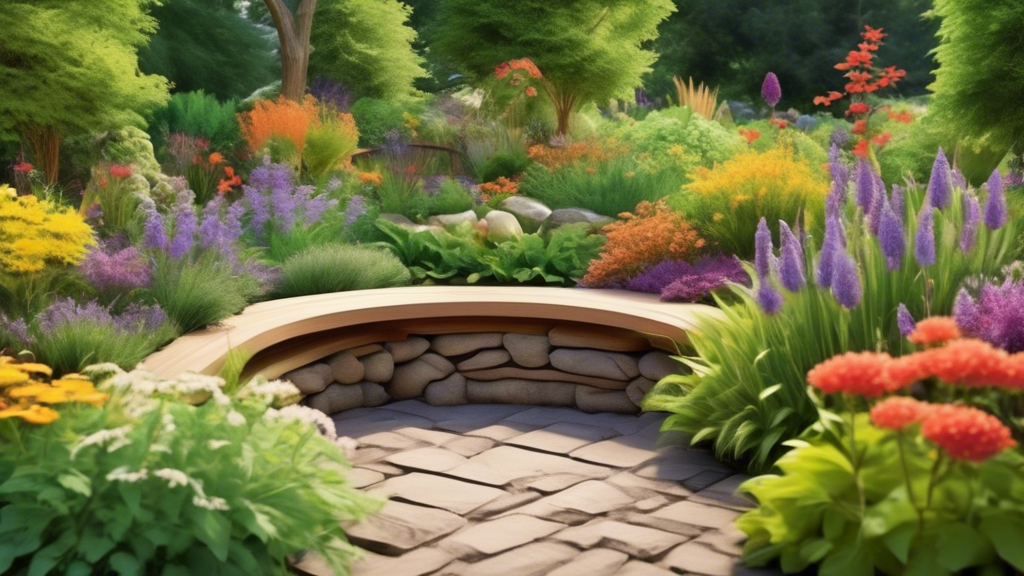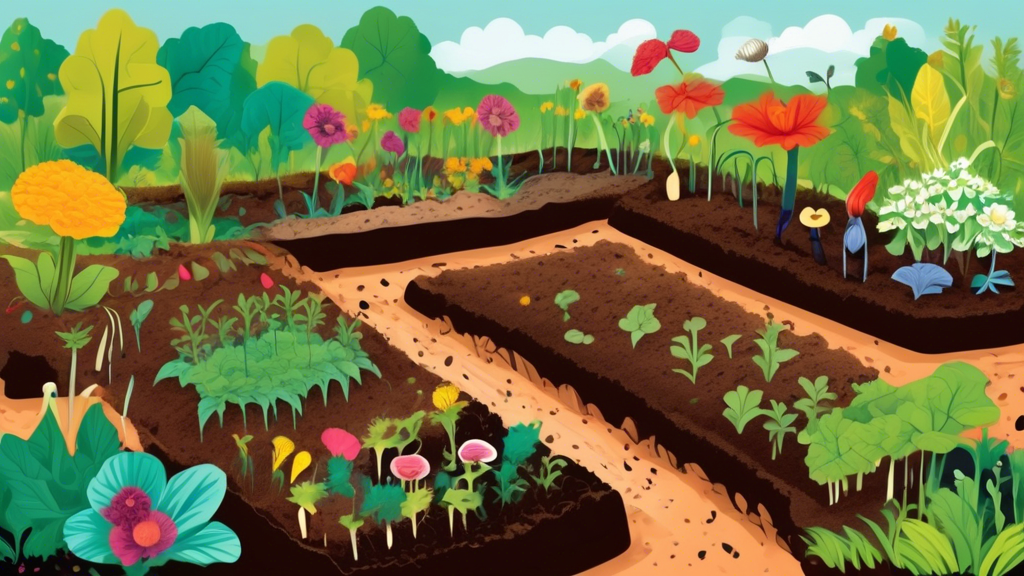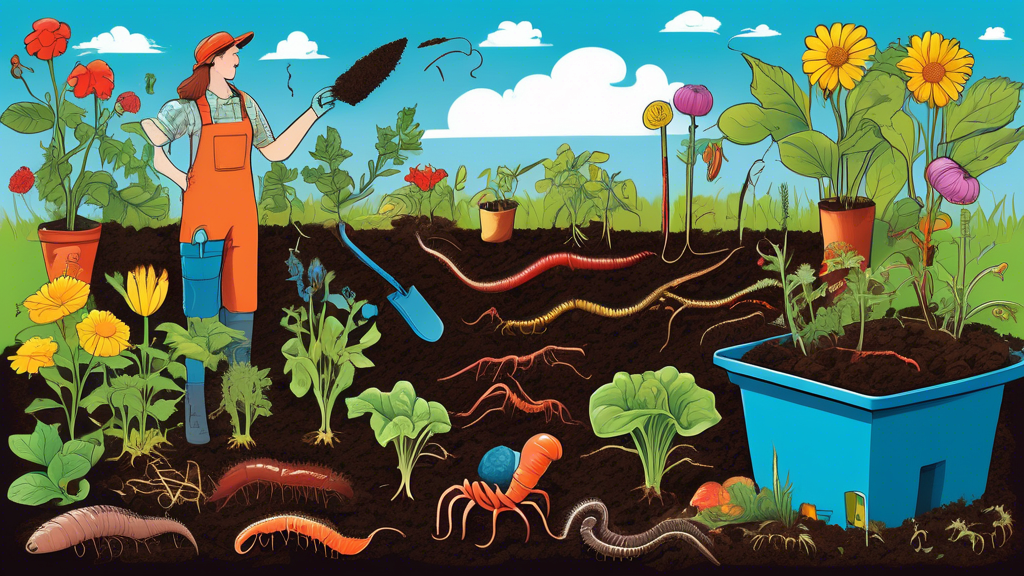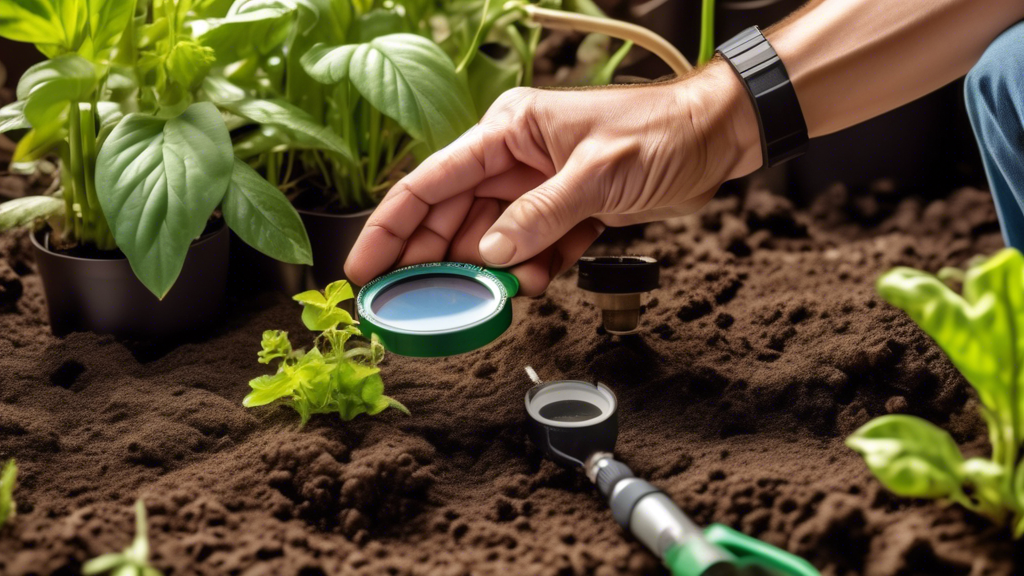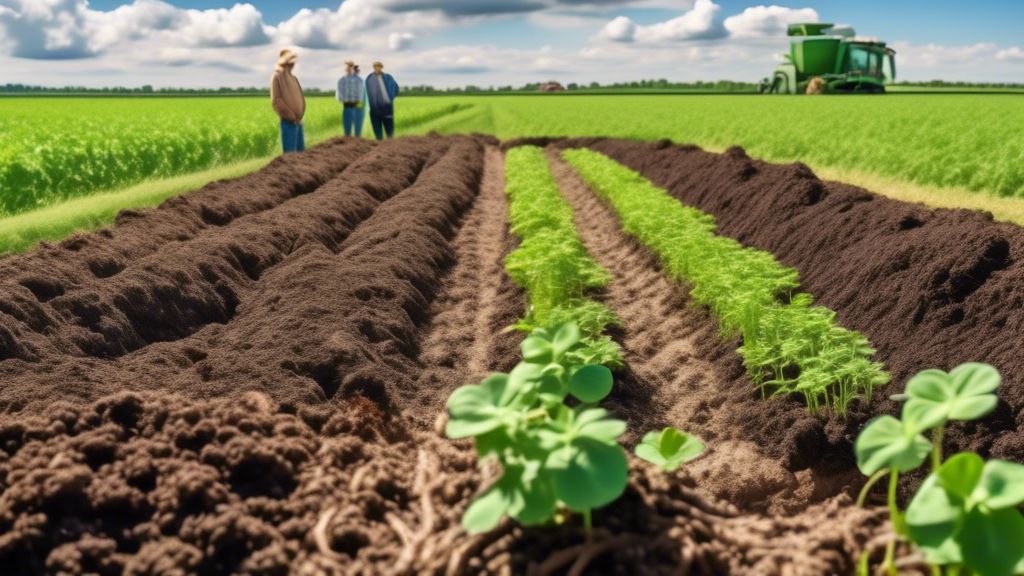
Composting 101: A Beginner’s Guide to Starting Your Own Compost
Composting might seem like a messy chore reserved for gardening enthusiasts, but it’s actually a simple and rewarding process that anyone can do. Imagine transforming your kitchen scraps and yard waste into nutrient-rich black gold that breathes life into your garden. That’s the magic of composting! This comprehensive guide will equip you with all the knowledge you need to start composting at home, even if you’re a complete beginner.
What is Compost?
Compost is decomposed organic matter that acts as a natural fertilizer and soil amendment. It’s the result of a natural process called decomposition, where microorganisms like bacteria and fungi break down organic materials into a rich, earthy substance. Think of it as nature’s recycling system!
Benefits of Composting
Environmental Benefits:
- Reduces landfill waste: Organic materials decompose anaerobically in landfills, producing methane, a potent greenhouse gas. Composting diverts this waste and reduces methane emissions.
- Conserves water: Compost helps soil retain moisture, reducing the need for frequent watering.
- Reduces the need for chemical fertilizers: Compost provides essential nutrients to plants, reducing the need for synthetic fertilizers that can harm the environment.
Gardening Benefits:
- Improves soil structure: Compost helps clay soils drain better and sandy soils retain moisture.
- Provides essential nutrients: Compost releases nutrients slowly, providing a balanced diet for plants.
- Suppresses plant diseases and pests: Compost helps create a healthy soil ecosystem that is more resistant to diseases and pests.
Getting Started: Choosing the Right Compost System
The type of composting system you choose depends on your space, time commitment, and the amount of waste you generate. Here are three popular options:
1. Open Pile Composting
This is the simplest and most traditional method. You create a pile of organic materials directly on the ground. It’s low-cost and requires minimal maintenance, but it takes longer to decompose and may not be suitable for all climates.
How to create an open compost pile:
- Choose a well-drained location that receives partial shade.
- Start with a layer of twigs and branches for aeration.
- Add layers of brown materials (carbon-rich) and green materials (nitrogen-rich) in a 2:1 ratio.
- Turn the pile regularly to provide oxygen and speed up decomposition.
2. Enclosed Compost Bins
These bins come in various sizes and materials, from plastic to wood. They contain the composting process, preventing odors and pests. They are also more efficient at retaining heat, which speeds up decomposition.
Choosing a compost bin:
- Consider the size that suits your needs.
- Choose a bin with adequate ventilation.
- Look for features like easy access and a rotating design for efficient turning.
3. Vermicomposting (Worm Composting)
This method uses worms to break down organic materials. It’s ideal for smaller spaces and produces nutrient-rich compost quickly. You’ll need a special worm bin and composting worms (red wigglers are recommended).
Setting up a worm bin:
- Choose a bin with adequate ventilation and drainage.
- Add bedding material (shredded newspaper or cardboard) and moisture.
- Introduce the worms and feed them with kitchen scraps.
- Harvest the compost once the worms have processed the materials.
What to Compost: Greens and Browns
Successful composting relies on maintaining the right balance of green and brown materials. Greens are nitrogen-rich and provide protein for the microorganisms, while browns are carbon-rich and provide energy. Aim for a ratio of 2:1 (browns to greens) for optimal decomposition.
Greens (Nitrogen-rich):
- Fruit and vegetable scraps
- Coffee grounds and filters
- Tea bags
- Grass clippings
- Manure from herbivorous animals (cows, horses, chickens)
Browns (Carbon-rich):
- Dry leaves
- Shredded paper and cardboard
- Sawdust (untreated)
- Straw
- Wood chips
What NOT to Compost:
Avoid adding these materials to your compost pile as they can attract pests, create odors, or introduce harmful pathogens:
- Meat and bones
- Dairy products
- Oils and grease
- Diseased plants
- Pet waste (dogs, cats)
- Treated wood or sawdust
- Weeds that have gone to seed
The Composting Process: Turning, Moisture, and Patience
Turning and Aeration:
Regularly turning your compost pile provides oxygen to the microorganisms, speeding up decomposition and preventing unpleasant odors. Aim to turn the pile every 1-2 weeks, or more frequently if you have a hot compost system.
Moisture:
Maintaining the right moisture level is crucial for decomposition. Your compost pile should feel like a wrung-out sponge. If it’s too dry, add water; if it’s too wet, add more brown materials.
Patience:
Composting takes time! Depending on the method and materials, it can take anywhere from a few months to a year for your compost to fully mature. Be patient and let nature work its magic.
Troubleshooting Common Composting Problems
Problem: My compost pile isn’t heating up.
Possible Solutions:
- Add more green materials (nitrogen-rich).
- Turn the pile more frequently to provide oxygen.
- Make sure the pile is large enough to retain heat (at least 3 cubic feet).
Problem: My compost pile is attracting pests.
Possible Solutions:
- Bury food scraps deep in the pile.
- Make sure the pile isn’t too wet.
- Consider using an enclosed compost bin.
Problem: My compost pile smells bad.
Possible Solutions:
- Turn the pile more frequently to provide oxygen.
- Add more brown materials (carbon-rich).
- Avoid adding materials that cause odors (meat, dairy, oils).
Using Your Finished Compost
You’ll know your compost is ready when it has a rich, earthy aroma and resembles dark, crumbly soil. There should be no recognizable food scraps remaining.
Here are some ways to use your finished compost:
- Mix it into your garden beds before planting.
- Use it as a top dressing for lawns.
- Add it to potting mixes for houseplants.
- Make compost tea by steeping compost in water and using it as a liquid fertilizer.
Conclusion
Starting your own compost is a rewarding way to reduce your environmental impact, create nutrient-rich fertilizer, and connect with the natural cycle of decomposition. With a little effort and patience, you can transform kitchen scraps and yard waste into black gold that nourishes your garden and the planet.

